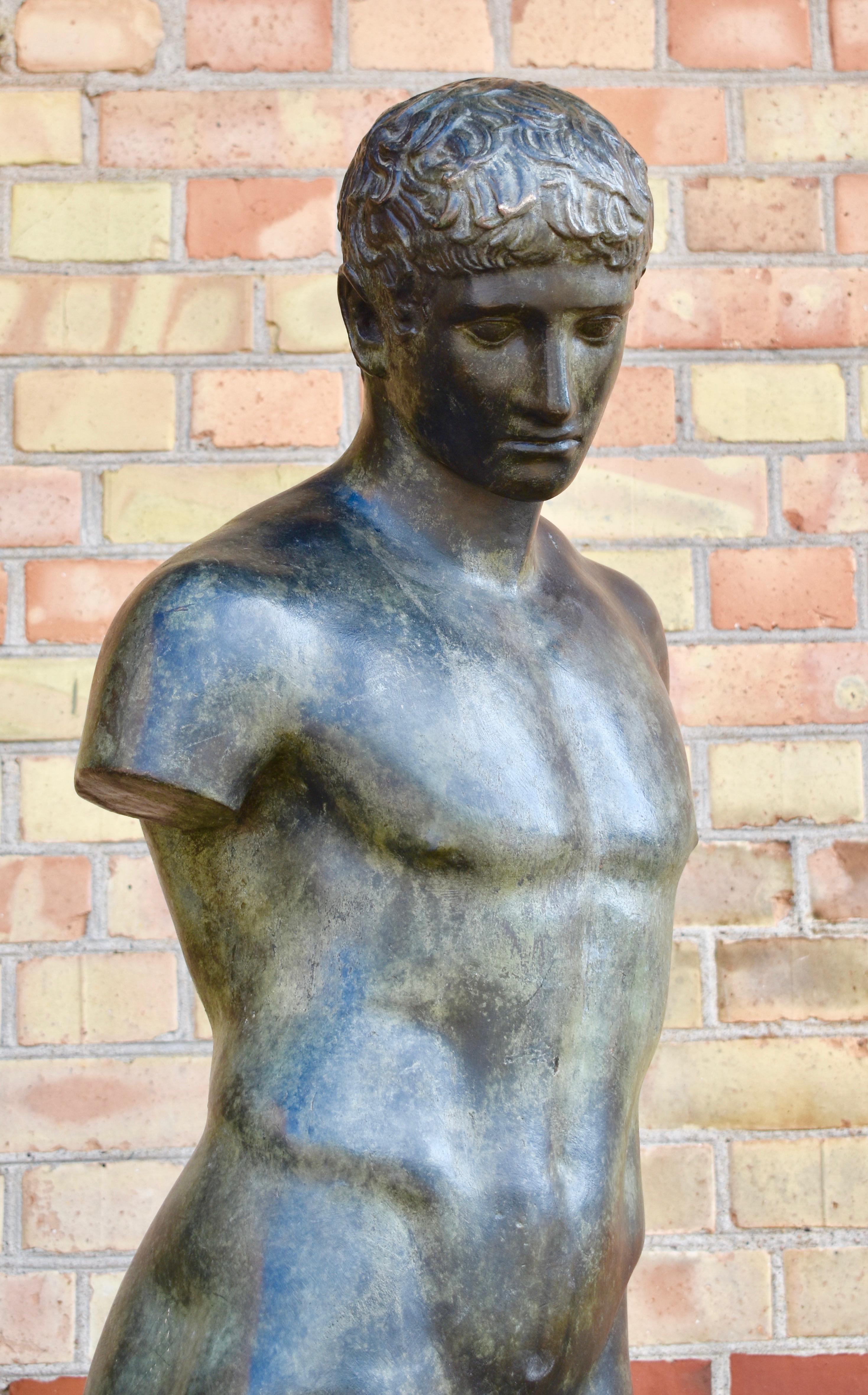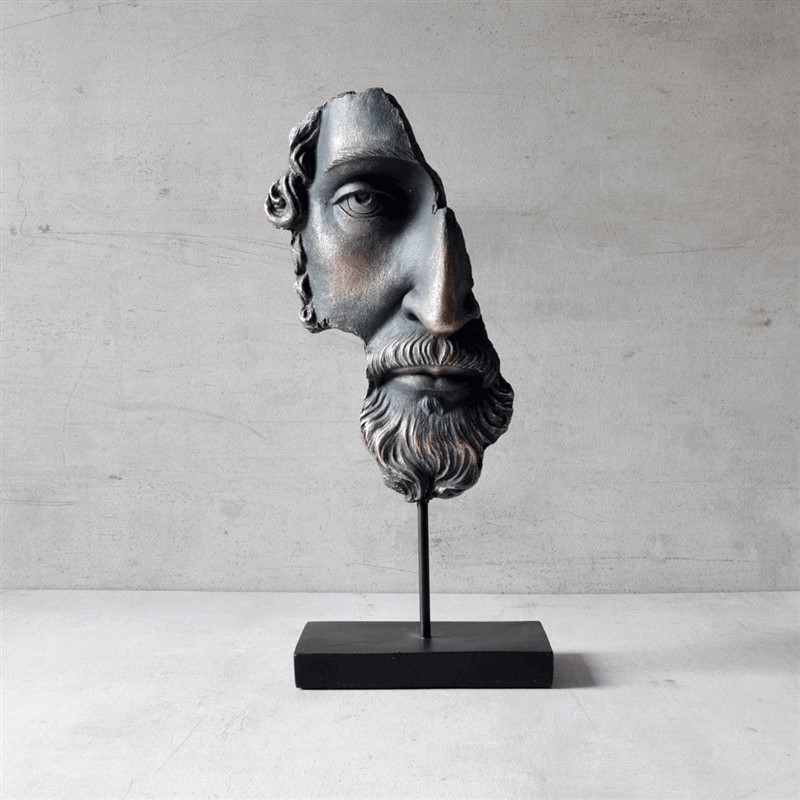

Even though this notion is now understood to be overly simplified, textbooks covering classical sculpture still tend to privilege bronzes over marbles. Pliny’s division of media and his prejudice against the art of his own times led scholars to distinguish between Greek bronze originals, which rarely survive, and Roman marble copies, of which there are many survivors. Pliny’s separation of artists working in bronze from those working in marble revealed that the Greeks preferred bronze for their public sculpture, whereas it now appears that the Romans more often used marble for sculptures in public and in their homes.

Following his lead, scholars used ancient literary sources to assign extant freestanding sculptures to artists and to name specific works mentioned by Pliny the Elder in his Natural History (Book 34 on bronze and Book 36 on marble), and by other ancient authors. Winckelmann proposed a chronology of Greek art based upon style. They remain popular today because of the immense following and influence they have had throughout history.ĭespite the popularity starting to wane in Western Europe, it continued in the East and the Byzantine followed the Roman style which was heavily influenced by the Greeks.In his History of the Art of Antiquity (1764 Winckelmann 2006 in General Overviews), J. Filled with detail and life-like in nature, these statues helped form many of the Roman pieces from antiquity. Greek sculptures remain some of the world’s most beautiful sculptures. The conqueror still remains a legendary warrior king today, and is the inspiration of many books, movies and even generals. After all, it’s Alexander who inspired many men and rulers at the time. We have also seen many statues of Alexander the Great created by many sculptors throughout the ancient world. The Greeks also created many other masterpieces, including: Many of the sculptures at this time would have went to Rome or other areas to create their works.īut this is just the tip of the iceberg of what the Greeks created at the pinnacle of their society. Medusa art doesn’t become popular until the first century BC, unfortunately. We do not know if this piece was an original or a copy of an earlier piece. The three are battling serpents, and it’s one of the finest pieces of Hellenistic baroque available. The marble sculpture depicts Lacoon, a Trojan priest with his two sons: Thymbraeus and Antiphantes. Found in the Vatican, it is a piece that was created on the island of Rhodes by three of Greek’s greatest sculptures. If there was one sculpture that was awe-inspiring, this is it. The sculpture shows the man in motion, and the anatomy of the man makes it stick out as one of the most prominent pieces in the ancient world. We know that it is not Zeus due to the lack of a thunderbolt, but it shows how detailed the Classical period was. The subject of the piece remains a mystery. #artwatchers #artwatchers_united #peoplelookingatart #girlsinmuseums #gallerypeople #peopleinmuseums #peoplematchingartworks #whenpeoplematchplaces #fashionandart #sculptureart #classicalsculpture #aphroditestatue #museumphotography #exhibitionview #museumlover #museumbarberini post shared by Artefakt Kulturkonzepte Berlin on at 12:13am PST Artemision Bronzeįound in 1928 by a fisherman, this masterpiece dates back to 460 BCE. _ Aphrodite, Secon half 2nd century CE, Staatliche Kunstsammlungen Dresden, Sculpture Collection.

The Museum Barberini is presenting ancient works representing the most important Olympian gods. The Staatliche Kunstsammlungen Dresden hold one of the most important collections of ancient sculptures in Germany. To this day, these works continue to express grandeur and charm. At the time of the Roman Empire, sculptors copied Greek models and conveyed an aura of education and scholarship. For the ancient Greeks, ornate and imposing statues signified the presence of the gods and symbolized power and ideal beauty.


 0 kommentar(er)
0 kommentar(er)
